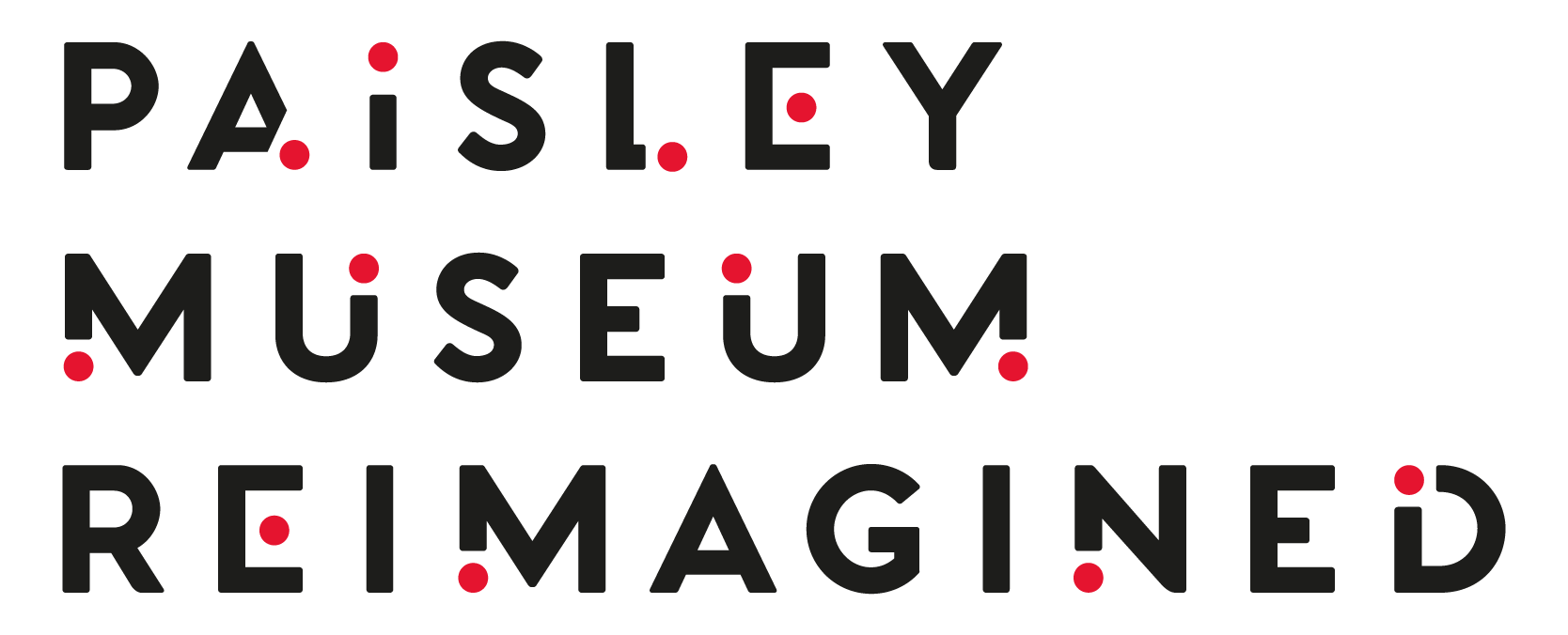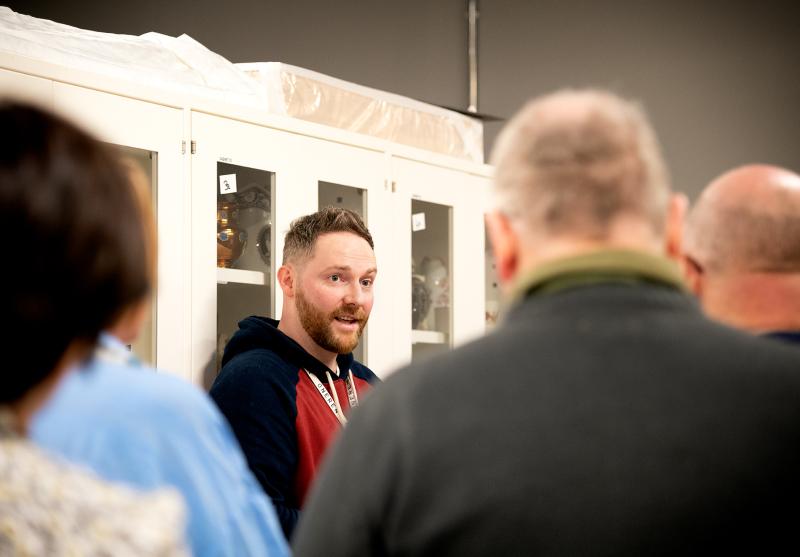Exploring Paisley’s Hidden History: The Role of Radicals in the Fight for Democracy
Often referred to as the “mother of parliaments“, the UK has a rich political heritage. However, few are aware of the significant contributions made by the 19th-century Paisley ‘radicals’ in the struggle for democracy and expanded voting rights for ordinary workers.
Now, dedicated social history researchers are set to bring this intriguing history to life through a compelling display at the Paisley Museum’s £45 million refurbishment, focusing on the tumultuous events of 1819 that witnessed a week-long wave of riots and intense battles across the town’s streets.
These events were triggered by the infamous Peterloo massacre in Manchester, where government forces brutally killed 18 protesters advocating for political reform. Incensed by the tragedy, the people of Paisley rallied in solidarity, demanding that ordinary men be granted the right to vote.
Archie Henderson, a social history researcher at OneRen, explains that Paisley, in the early 19th century, became a hotbed for radical reformers. A significant factor contributing to this was the large number of self-educated weavers in the town who gained military experience during the Napoleonic Wars. “Paisley soon gained notoriety in the eyes of the government as a breeding ground for radical activity—it was considered a dangerous place“, states Archie. “The people involved were driven by the desire for change. The post-war period saw high inflation and unemployment, exacerbating existing problems.”
In 1819, following the Peterloo massacre, the radicals organized a rally in support of the victims, drawing an estimated crowd of 20,000 people from across southwest Scotland. However, the local government imposed a ban on displaying flags and banners of a political or inflammatory nature—an edict that was blatantly disregarded by the attendees. Tensions escalated when the police seized banners from the reformers passing through Paisley Cross, sparking a scuffle that quickly spiralled into a week-long riot.
“They attempted to read the Riot Act, which is significant because the same act had been read a month earlier at Peterloo, resulting in numerous deaths“, explains Archie. “According to the act, protesters had one hour to disperse, and if they failed to do so, the police were authorized to take any necessary action, including using deadly force with impunity.“
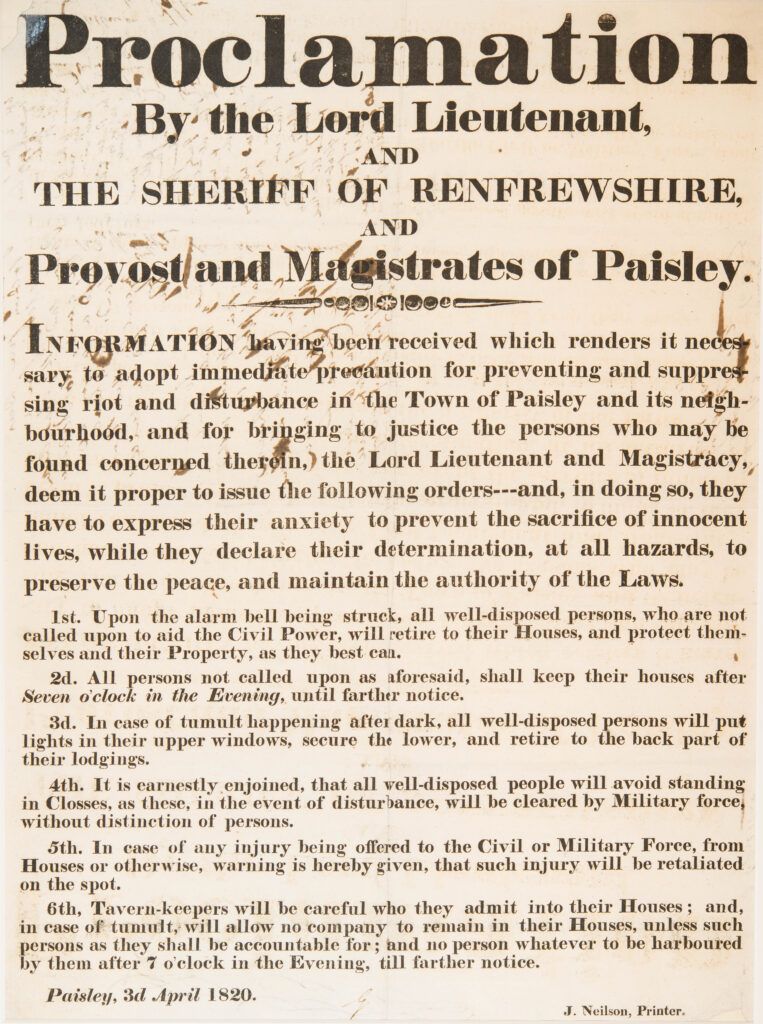
However, the Riot Act had no effect on the defiant people of Paisley, who refused to disperse and engaged in fierce clashes with the police. Faced with the escalating situation, the local government sought assistance from the army and cavalry stationed in Glasgow, leading to intense street battles as they attempted to reclaim and regain control over the town.
The new display at Paisley Museum will showcase original posters distributed by the local government and magistrates, pleading with people to respect curfews and refrain from further protests. The display will also feature the infamous ‘radical pike’—a fearsome weapon consisting of iron files sharpened to a point by local blacksmiths, affixed to a six-foot-long pole. Archie adds, “These weapons are quite menacing-looking, capable of inflicting significant damage.”
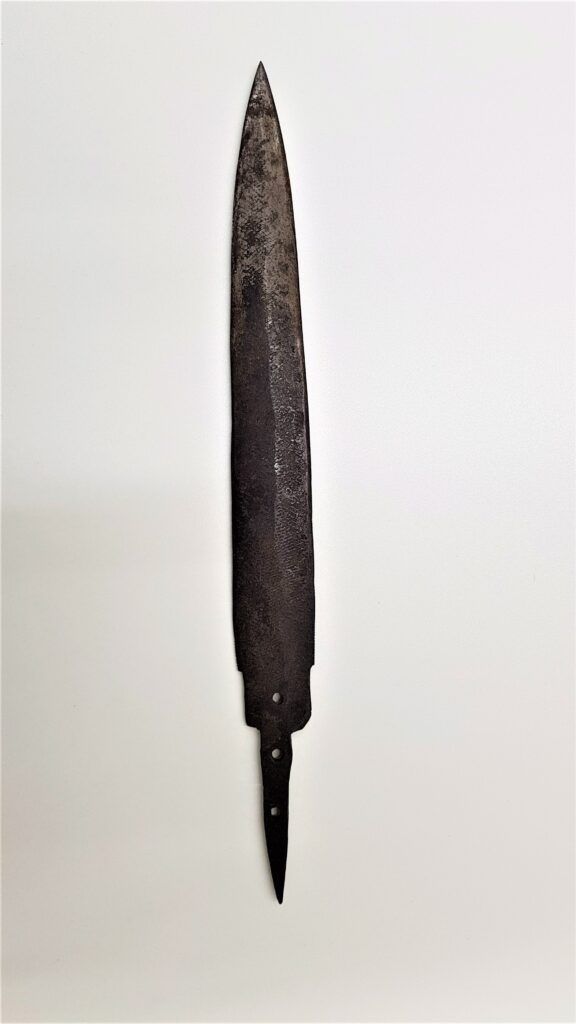
The radical pikes were cleverly hidden in the thatched roofs of cottages and retrieved when needed. The collection also includes a Paisley police baton from the same period, adorned with the Paisley town crest. Interestingly, these were among the earliest artifacts displayed when the original Paisley Museum first opened its doors in 1871.
Archie notes that it is almost miraculous that no fatalities occurred during the week of riots in 1819. However, these protests, along with others, eventually led to the passing of the Great Reform Act in 1832, which extended the franchise to working men, paving the way for further progressive developments in the evolution of British democracy.
“The insurrection that was later planned in 1820 was ultimately foiled by the government, resulting in the leaders being deported to Australia or executed. Nevertheless, every movement has to start somewhere, and its legacy was the emergence of initiatives like the trade union movement and subsequent reforms that extended the right to vote to working men and women,” reflects Archie. “By visiting the museum, I hope people understand that significant change can be achieved when individuals come together, regardless of the odds they face. The Paisley Radicals played a pivotal role in shaping our democracy, and their influence can still be felt to this day.”
Experience the captivating story of Paisley’s hidden history, delve into the inspiring struggles of the Paisley Radicals, and gain a deeper appreciation for the evolution of British democracy at the refurbished Paisley Museum. Join us in celebrating the power of collective action and the indomitable spirit of those who fought for a more inclusive society.
Latest News & Stories
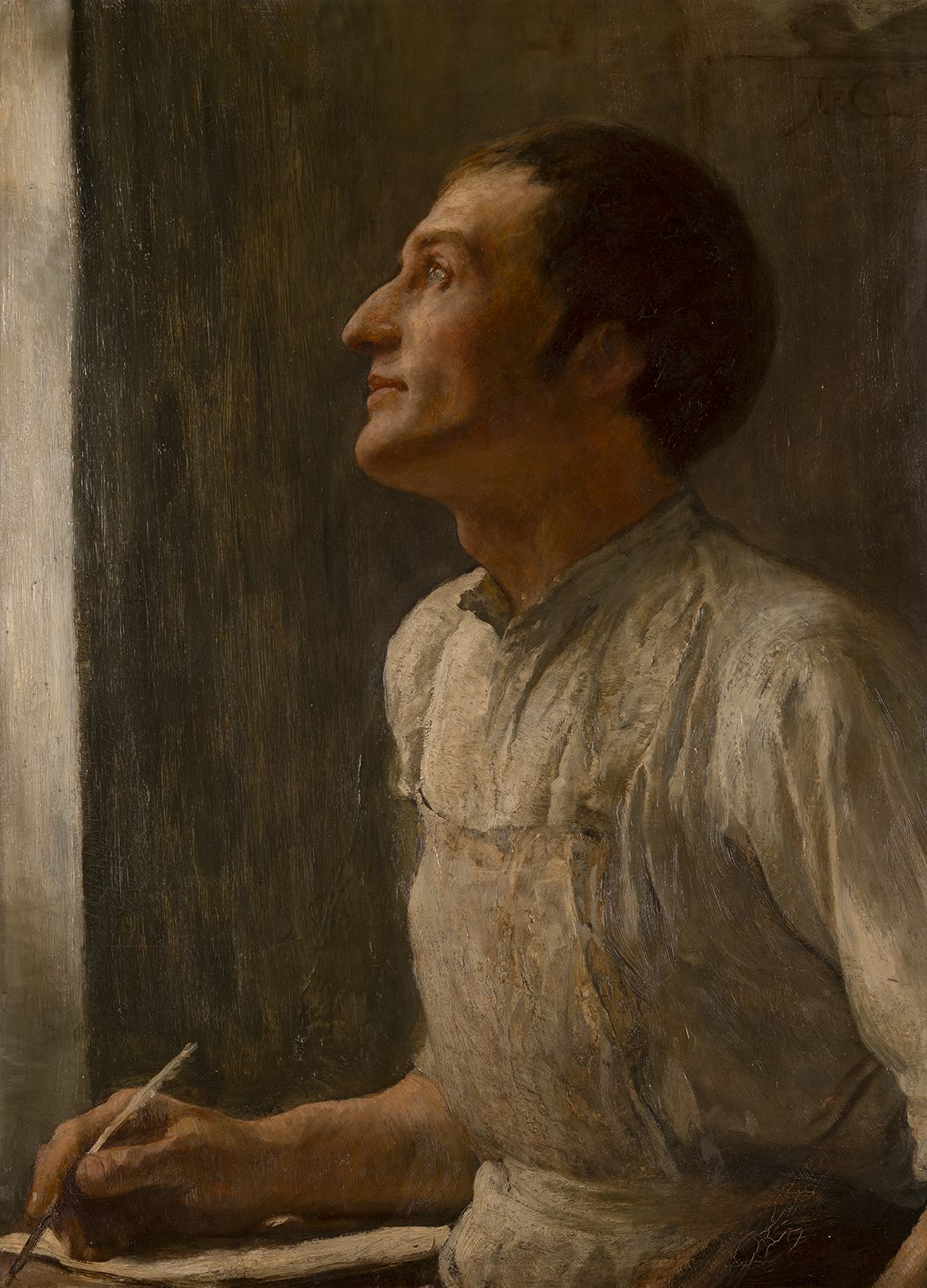
News
12 / 06 / 24Life and death of Scotland’s ‘forgotten bard’ Robert Tannahill re-examined on 250th anniversary of his birth
Paisley’s ‘weaver poet’ lost his life in tragic circumstances, but his legacy still resonates to this day. This month marks the 250th anniversary of his birth on 3rd June 1774, and the team behind the £45 million refurbishment of Paisley Museum has announced plans to showcase Tannahill’s incredible contribution to Scottish culture and re-visit the circumstances around his death.
Read More
News
25 / 05 / 24Social History Collection Conservation
Funding from The Pilgrim Trust has meant that we have been able to collaborate with the People’s History Museum to fully conserve artefacts from the Social History Collection.
Read More
News
14 / 05 / 24Scotland’s biggest cultural heritage project welcomes corporate partners on board
Paisley Museum welcomes the University of the West of Scotland, The Malcolm Group and Scottish Leather Group as corporate partners
Read More